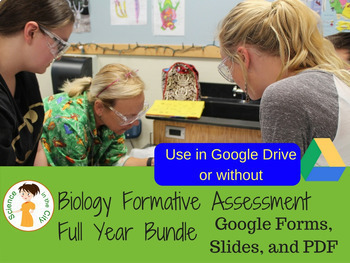 This is a full year bundle of formative assessment prompts that can be used as daily bell work, an early finisher activity, a station activity, ticket outs, or anywhere else that you would use task cards. Included are 10 sets of 18 prompts (180 prompts). There is also an extra blank template for each set if you would like to create your own questions. Lastly, there are 8 general formative assessments or exit tickets for you to use as you choose. Included in three formats: Google Forms, Google Slides (Digital Task Cards, or to project on the board for the whole class), PDF (printable) |
 Students will create an organizer for information about macromolecules. They are asked to correctly sort the function, examples, and building blocks of the four main classes of macromolecules (carbohydrates, lipids, proteins, nucleic acids). Then on the next page they are asked to use the provided pieces and instructions to create simplified models of each type of molecule, and to show the dehydration synthesis. Included are informational reading resources, and a teacher answer key |
 In this lesson, students will create a circulatory system interactive slide file that will illustrate and explain parts of the circulatory system. Included are informational resources, a graphic organizer with instructions, and a diagram of the heart with color-coding, and movable text labels. See a Video Preview |
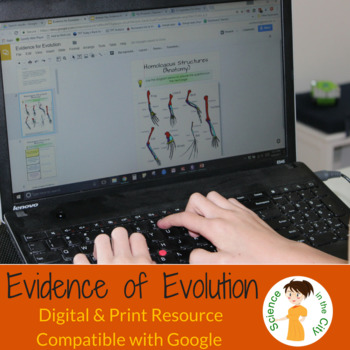 Students will work through five major types of evidence for evolution (anatomical, molecular, fossil, vestigial structures, and embryological development). They will read passages and look at data and diagrams to draw conclusions about how these represent evidence for evolution. They will be able to move pieces to sequence fossils, and match pictures to descriptions. Finally, students summarize the types of evidence for evolution. |
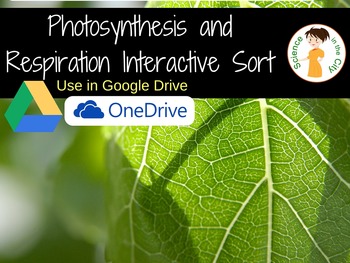 This is an interactive slide activity where students sort terms, facts and diagrams related to photosynthesis or cellular respiration. They need to determine whether each term is related to photosynthesis, cellular respiration, or both. See a Video Preview |
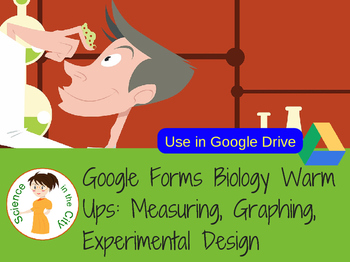 This includes a pack of eighteen fully editable Google Forms, with 2-3 questions each which can be used as warm-ups, tickets out, review stations, or formative assessment. Click here to see a video walkthrough of the google forms warm up These forms focus on the following topics: Scientific Variables (dependent and independent), Experimental Design, Observation and Inference, Measuring, Theory, Hypothesis and Law, Graphing |
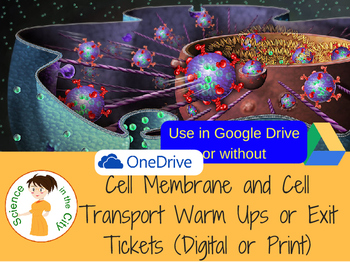 This includes a pack of eighteen fully editable Google Forms, with 2-3 questions each which can be used as warm-ups, tickets out, review stations, or formative assessment. Click here to see a video walk through of the google forms warm up These forms focus on the following topics: Cell Membrane Structure and Function: Cellular Transport, Diffusion through a Membrane Lab |
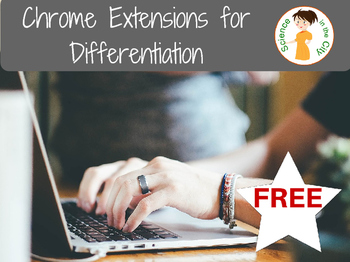 If you have access to a computer or chromebook, you may already have on hand several free tools to help struggling readers, writers, special education students, and ELL's. Once introduced, these are tools that students can use independently to help themselves bridge a gap, and be more successful with their assignments. Less focus on the deficits will allow students to focus on the content knowledge, and skills being taught. Their ability to use these tools independently will free up adults' time to help students in a larger variety of ways. |
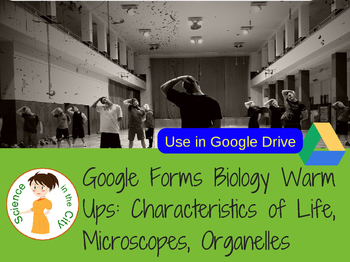 This includes a pack of eighteen fully editable Google Forms with 2-3 questions each, which can be used as warm-ups, tickets out, review stations, or formative assessment. These forms focus on the following topics: Microscope use, Characteristics of Living Things, Cell organelle basics (differences between plant and animal cells), 6 Kingdoms, Classification of Living Things |

Digital Resources
Subscribe to:
Posts
(
Atom
)







No comments :
Post a Comment